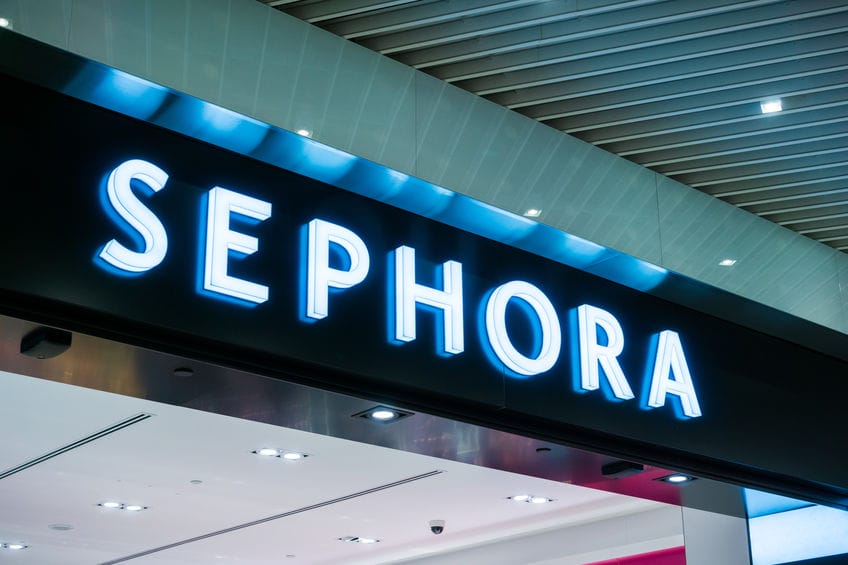Doubling down on physical space.
Flagship stores are playing an increasingly important role for global brands as they provide the perfect platform to deliver rich experiences often encompassing complementary services and other value-added elements.
After the long-term value of bricks and mortar came into question during Covid-19 there has since been a growing recognition that stores play a vitally important role in retail and many major brands are committing serious investment to real estate and particularly to developing experience-led flagship outlets.
Among them is outerwear brand Arc’teryx that has just upsized its Covent Garden store in central London with a 400% increase in its footprint to 8,000 sq ft that makes it the retailer’s largest unit in Europe. This expansion gives the brand the opportunity to showcase its full range of both clothing and equipment as well as being the first of its stores to include a ReBIRD Service Centre. This is part of the group’s sustainability push and involves the handling of repairs, re-waterproofing of items, product assessments, and the provision of education to shoppers on care and repair.
The UK flagship also enables Arc’teryx to deliver more of an immersive experience than has previously been possible at its other outlets by including an in-store community hub where customers can access screenings of athlete-based films, local trail maps, and books that have been recommended by athletes.
LVMH-owned Sephora is also doubling down on physical retail having recently re-entered the UK market with a London Westfield flagship outlet and has announced it is to open a second unit in the city of Manchester in Northern England. Jean-Jacques Guiony, CFO at LVMH, has stated that physical units are proving a secret weapon for the brand after some concern amid the Covid-19 lockdowns that its 3,000 stores were a potential problem as the shift to buying online was regarded by many people as a largely permanent move.
“During the pandemic, this worked against us because Sephora was mostly in city centres and shopping centres, where there was no one. Now, it is the inverse,” he says. As well as confirming its ongoing UK expansion the company has also recently renovated its 12.900 sq ft flagship store on the Champs Élysées in Paris.
The ability to offer a broad range of products encompassing both well-known brands alongside lesser known ones is part of the appeal of Sephora’s physical stores. “Clients don’t go to Sephora to buy Estée Lauder or Lancôme. They go to discover new brands,” says Guiony.
This need to physically test a product is critical in the health & beauty and fragrance categories, according to Tara Carlile-Swift, founder & managing director at Freckleface Home Fragrance, who says: “Our store teams are encouraged to get people to buy online but it’s very hard for people to purchase a new fragrance online for the first time so that’s why the stores are critical for brand connection. It’s very hard to get the connection through digital channels.”
Physical space and flagship stores are also very much a feature in the strategy of Prada, which has recently purchased the Manhattan building that houses its New York City store. The plan is to develop such outlets in key cities that are a destination for much more than just buying fashion. Within its flagships the brands also include the likes of its Marchesi 1824 patisserie alongside art shows and the hosting of exhibitions.
Patrizio Bertelli, chair of Prada, has stated: “I have never believed that e-commerce would have cancelled the need for retail stores…Retail stores will become experiential spaces that bring people together.” As part of this strategy the company has opened three ‘epicenters’ around the globe that are retail spaces but can also be used to host film screenings, performances and other events.
Indicative of how the major brands like Prada have become focused on physical space to provide a rich experience is the trend in the real estate market in the US where fashion houses have added as much as 650,000 sq ft of retail space between 2022 and the end of 2023, according to research from property company JLL.


